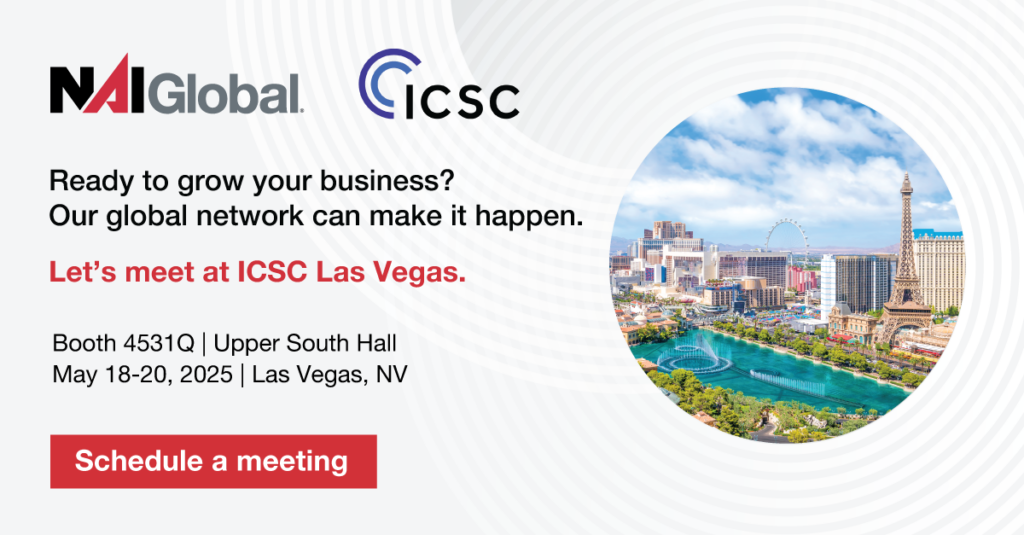More, Not Less: An Alternative Take On The Future Of Office Space
For obvious and sensible reasons, there has been much written about the work from home (WFH) or remote work movement and its potential impact on the Office category of commercial real estate (CRE). We’ve seen dramatic shifts in this regard all over the world, and to a degree, the debate about returning to the office or embracing a fundamental flexi-time shift is still raging on. According to McKinsey research over half (52%) of U.S. workers say they want hybrid work.
This is a trend that CRE professionals need to watch closely, an astute broker will work with their clients to help inform a strategy for current or potential office spaces.
Rather than deciding between binary options – go back or stay home – we need to be thinking about the role and set up of the hybrid office itself, as well as how it can be rejigged for optimum use. This is not a cynical ploy aimed at “tricking” staff back to the offices with the promise of pool tables or free lunches, but rather reimagining how we set up offices so that they work better – and executing this may require collaboration between client, broker, fitters, architects, and designers.
The now and the next
Of course, there are amazing, positive, and energizing workspaces out there, but for economic reasons and the allure of budget efficiencies, many offices have been shrinking their per-person space in recent decades. Think those the late 90s pop culture stereotypes of the cubicle: cramped, generic, and depressing.
WFH has promoted an overdue conversation about the aspects of office life that are not working for us, like bad acoustics, distractions and competing priorities, and the commute.
Do your homework
Before putting pen to paper or planning big changes, corporates need to take a deep dive into understanding their own workforce, their needs, and desires. If you have a robust HR system or similar, much of the information needed may already be in the data you collect. If not, an anonymized and thoughtful survey would be a good place to start.
Defined spaces
Designers and fitters are seeing demand for smart walling options that give workers privacy for specific functions. This also draws on the trends ushered in by coworking spaces, such as having micro or pod office spaces within bigger offices.
Your office is functional
If people can work from home, what is the function of the office? It can be seen as a tool, supporting collaboration and connection in the workplace. Done right, it is also a useful tool for attracting talent.
Forget aesthetics
Okay, well, don’t *forget* aesthetics, but don’t let them be meaningless either. This article from an interior designer makes the case so well: “Rather than cubicles or a foosball table dictating firm culture, a workplace should reflect its surroundings, empower employees, and support the function of the space. A good-looking space is not always a great place to create or work.”
In a post-Covid-19 world, with emphasis on social distancing and safe air, we anticipate that as much as possible the “cubicle farm” will be a thing of the past. In its place, we’re expecting more space per person, flexible office hours, mixed-use spaces, increased ventilation, smart ways of giving people space and privacy, and more innovation. How will you help your clients make this a reality in their office spaces?
